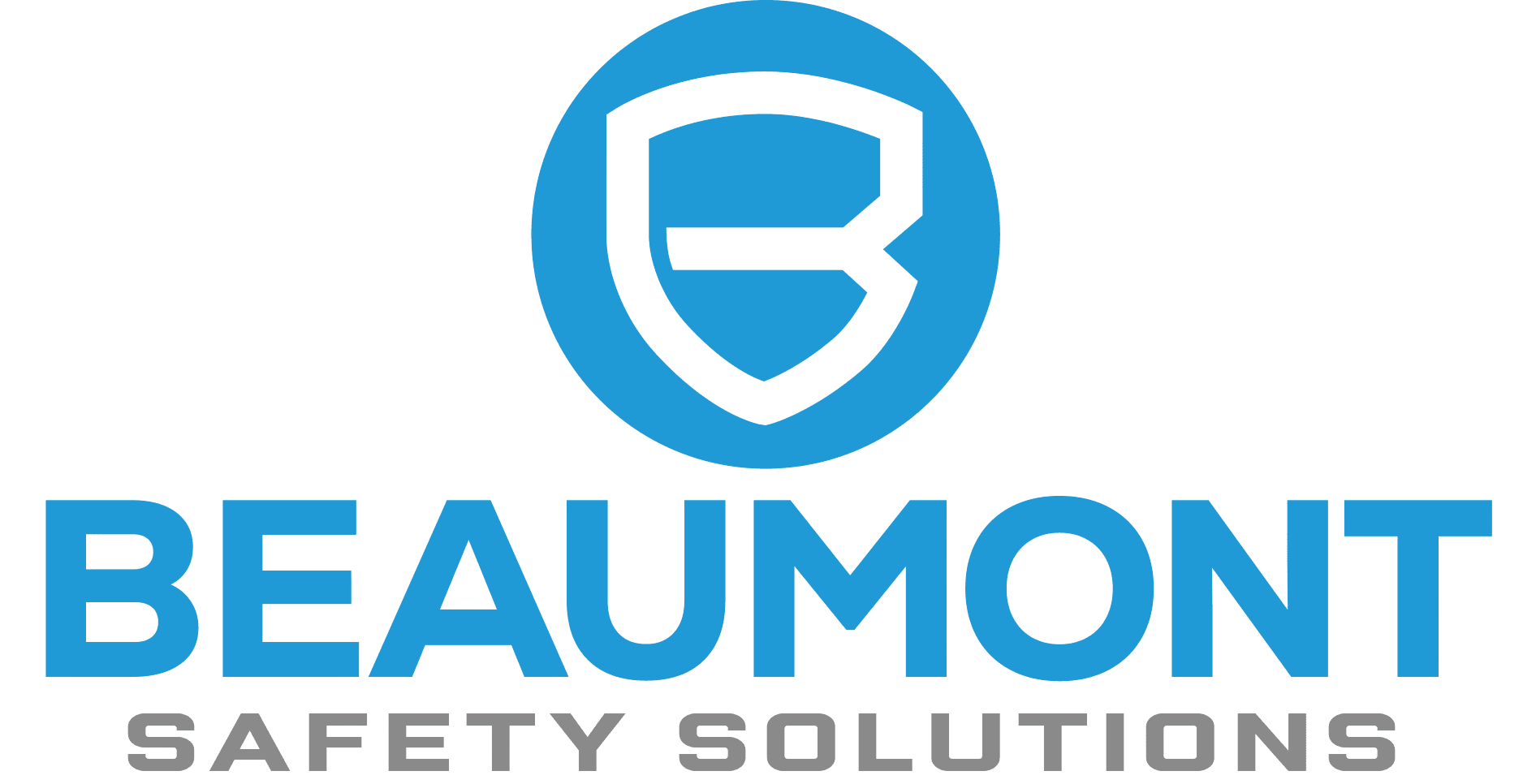In recent years, there has been a noticeable rise in the number of workplaces reporting psychosocial hazards. The reality is that many cases likely go unreported, a situation acknowledged by Standards Australia.
The Growing Concern
A Safe Work Australia report revealed that mental health conditions accounted for 9% of all serious workers’ compensation claims during 2021-22. This figure represents a staggering 36.9% increase since the 2017-2018 period. Moreover, the median time lost due to mental health claims was more than four times greater than that for all physical injuries and illnesses combined.
A Framework for Action
In response to this growing concern, Standards Australia introduced the AS/NZS ISO 45003:2021 standard. This guideline focuses on Occupational Health and Safety Management, specifically addressing Psychological Health and Safety at Work. Since its release, the standard has received significant attention and popularity, indicating widespread recognition of the need for a structured approach to managing psychosocial risks.
The standard provides comprehensive guidance on integrating psychosocial risk management into existing WHS management systems. It offers a framework to identify and manage these risks, as well as strategies to prevent them from arising in the first place.
Understanding Psychosocial Hazards
Psychosocial hazards are diverse and can arise from various aspects of the work environment, including absenteeism, presenteeism and more such as:
– Role Ambiguity: Uncertainty about job responsibilities and expectations.
– Lack of Control: Limited autonomy over one’s workload or excessive micromanagement.
– Exposure to Traumatic Events: Encountering distressing situations or experiences.
AS/NZS ISO 45003:2021 provides practical examples and essential information to help organizations address these issues effectively. It also emphasizes the importance of planning and proactive management to mitigate these hazards.
Building Competence and Awareness
The standard also outlines the necessity of developing competencies to identify psychosocial hazards. This includes providing appropriate training, ensuring workers are knowledgeable about reporting procedures, and raising overall awareness about psychosocial risks.
Open communication about mental health and safety should be a cornerstone of workplace culture.
Conclusion
Addressing psychosocial hazards is not just a compliance issue—it’s a crucial aspect of fostering a supportive and productive work environment. By integrating standards like AS/NZS ISO 45003:2021 and maintaining open lines of communication, organizations can take significant strides toward safeguarding the mental health and wellbeing of their workforce.



